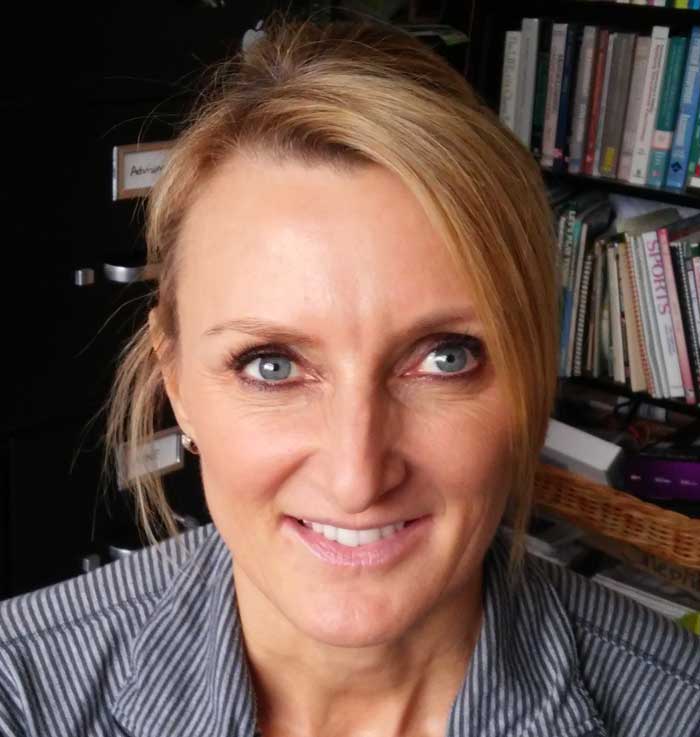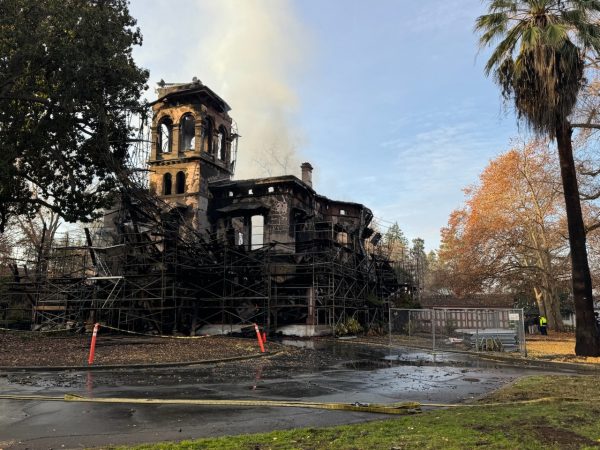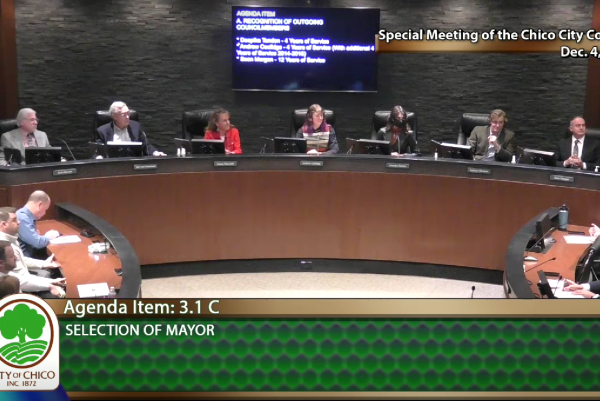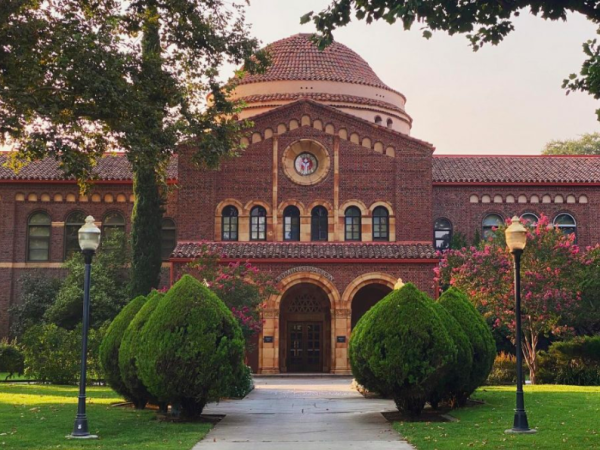On-campus facility prices cause concern for student organizations
Cathrine Himberg, kinesiology professor, addressed concerns about the rental prices for facilities on campus and its affect on student organizations. Photo credit: Elizabeth Castillo
A facility-use fee change that was made in 2011 continues to affect student organizations on campus.
At the open forum held on Nov. 10, Cathrine Himberg, kinesiology professor, addressed her concerns about facility prices for student organizations. Himberg is the faculty adviser for two different student groups and has witnessed facility charges negatively affect both.
Prior to 2011, facilities on campus were free to use by all student organizations. In 2007, the Chancellor’s Office released Executive Order 1000, which changed the operation of facility-use for campuses throughout the California State University system.
“Our biggest problem should not be where we can go when there are facilities,” she said. “That was an overnight decision that we were not a part of.”
According to Chico State’s Financial Services website, the university did not establish facility-use fees until Nov. 1, 2011 when EO 1000 was properly implemented. Since then, certain student organizations have experienced financial issues when renting facilities on campus.
“The school wants us to be active in our organizations, but then makes it almost impossible to simply have a fundraising event on campus,” said Nicte Hernandez, president of Stop Trafficking of Persons.
STOP is a student-run organization on campus that hosts a benefit concert to help fund its annual conference on human trafficking awareness. Hernandez said the club currently faces a $300 facility charge.
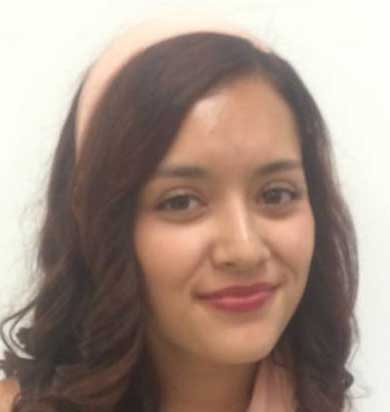
“We just don’t know if we will profit from spending all that on what is supposed to be a fundraising event,” she said. “It seems like we will lose more money in the end.”
Himberg said facility charges have put one of her student organizations in debt.
The Ballroom and Social Dance Club has hosted an on-campus ballroom dance event since the 1960s. After running into several issues with facilities on campus, the club has moved the event to Studio One, an off-campus venue.
“It’s not large enough for all of our beginning ballroom dance classes and intermediate classes to be able to have enough space to dance,” Himberg said.
The club used the dance as a way to raise funds. Studio One is donating its space to the club but will receive a profit from the tickets sold. The event was originally held in Shurmer Gymnasium.
“We can’t make any money on it when we are holding it at another place. It’s not ideal at all,” she said.
In previous years, upward of 500 students and community members would attend the event and the club raised more than $2,000 from ticket sales. Once the gym refinished its floor, the club could no longer hold dances there.
The event moved to the Bell Memorial Union auditorium, but it cost the club $2,000 to rent a wooden floor for students to dance on. The event has bounced around to different locations on campus over the years, but the charge to use facilities on campus added extra strain on the club.
“The facilities charge took away the main way to raise funds for their endeavors,” Himberg said.
She also advises the Physical Education Teacher Education club. The organization holds events to fund professional conference fees for students to attend. With the change in facility pricing, Himberg has tied these events to her classes. By doing so, the club avoids fees but can no longer charge admission for its events.
“We had a successful fundraiser,” she said. “A thousand dollars a year is pretty good for raising funds for conferences, but that’s no longer the case.”
The events hosted by PETE are now free and the club relies on raffles to raise money. Himberg said the club raises a fraction of the money it needs through raffles and it’s more labor-intensive for student club members.
The charges for facilities vary on campus. Charges are typically cheapest during “normal business hours” which are:
- Monday through Thursday- 7 a.m. to 10 p.m.
- Friday- 7 a.m. to 5 p.m.
The rules for charges also vary by organization. Certain student groups fall under state organizations, but others, such as Associated Students, fall under auxiliary entities and are charged more.
“There is no cost for recognized student organizations during normal business hours and no cost on Sundays from 1 p.m. to 10 p.m. for use of Langdon, O’Connell and Selvester’s,” said Stephen Cummins, director of University Public Events and Campus Facilities Use Committee chairman.
Selvester’s Café-by-the-Creek is a popular venue on campus for student organizations to use, but costs between $50 and $358 to rent during non-normal business hours.
Laxson Auditorium, which is free to most student organizations during normal business hours, costs up to $977 to rent during off-hours.
The goal of the fees is to reimburse the campus for money lost by extending building hours, according to Chico State’s Financial Services website.
Another cost-effective venue for student organizations to use is the BMU.
“For student groups there is no charge at all to use any of the rooms, not even for the auditorium,” said Deborah Lemmo, Conference Services event manager. “If an outside group came in to use the auditorium, it would be $3,000.”
While there are different options for student organizations on campus, it is still disheartening for Himberg when fees affect these groups.
“This policy goes against the university’s mission,” she said. “There’s so much good that comes out of these kinds of events that we need to find a solution.”
Elizabeth Castillo can be reached at [email protected] or @ElizabethC718 on Twitter.



